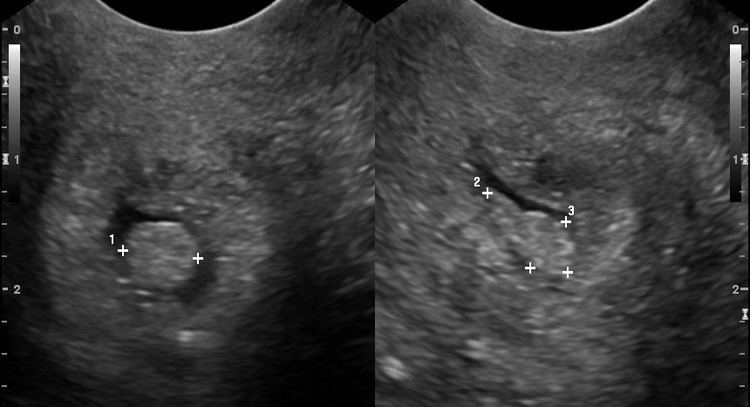Specialty urology ICD-9-CM 219 MedlinePlus 001494 | ICD-10 N84.1 DiseasesDB 2314 | |
 | ||
A cervical polyp is a common benign polyp or tumour on the surface of the cervical canal. They can cause irregular menstrual bleeding but often show no symptoms. Treatment consists of simple removal of the polyp and prognosis is generally good. About 1% of cervical polyps will show neoplastic change which may lead to cancer. They are most common in post-menarche, pre-menopausal women who have been pregnant.
Contents
Cause
The cause of cervical polyps is uncertain, but they are often associated with inflammation of the cervix. They may also occur as a result of raised levels of estrogen or clogged cervical blood vessels.
Symptoms
Cervical polyps often show no symptoms. Where there are symptoms, they include intermenstrual bleeding, abnormally heavy menstrual bleeding (menorrhagia), vaginal bleeding in post-menopausal women, bleeding after sex and thick white vaginal or yellowish discharge (leukorrhoea).
Diagnosis
Cervical polyps can be seen during a pelvic examination as red or purple projections from the cervical canal. Diagnosis can be confirmed by a cervical biopsy which will reveal the nature of the cells present.
Treatment
Cervical polyps can be removed using ring forceps. They can also be removed by tying surgical string around the polyp and cutting it off. The remaining base of the polyp can then be removed using a laser or by cauterisation. If the polyp is infected, an antibiotic may be prescribed.
Prognosis
99% of cervical polyps will remain benign and 1% will at some point show neoplastic change. Cervical polyps are unlikely to regrow.
Risk factors and epidemiology
Cervical polyps are most common in women who have had children and perimenopausal women. They are rare in pre-menstrual girls and uncommon in post-menopausal women.
Structure
Cervical polyps are finger-like growths, generally less than 1 cm in diameter. They are generally bright red in colour, with a spongy texture. They may be attached to the cervix by a stalk (pedunculated) and occasionally prolapse into the vagina where they can be mistaken for endometrial polyps or submucosal fibroids.
